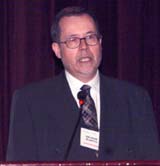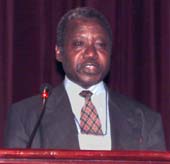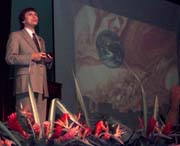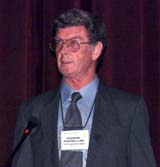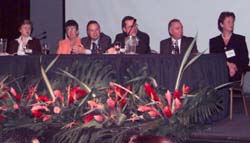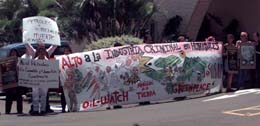 |
San José, Costa Rica 10-18 May 1999 |
|
Briefing |
|
The Seventh Conference
of Contracting Parties (COP7) to the Ramsar Convention on Wetlands met
in a Plenary session to hear opening statements, present the Ramsar Wetland
Conservation Awards, take care of procedural matters, and hear the reports
of the Standing Committee, the Scientific and Technical Review Panel and
the Secretary-General, as well as a number of special presentations. |
|
|
Opening Plenary
Miscellaneous photos
| A number of NGOs and Indigenous Peoples' organizations, including OilWatch, Greenpeace, Friends of the Earth, and the Indigenous People's Alliance for Biodiversity held a colorful demonstration outside of the conference center, calling for a moratorium on shrimp aquaculture in mangroves, swamps and estuaries. They also protested the equally damaging effects of large dams, mining and oil extraction not just on wetland ecosystems, but on the very cultural survival of indigenous and local communities. |
Back to ENB's Ramsar COP7 home page
© Earth Negotiations Bulletin, 1999. All rights reserved.
